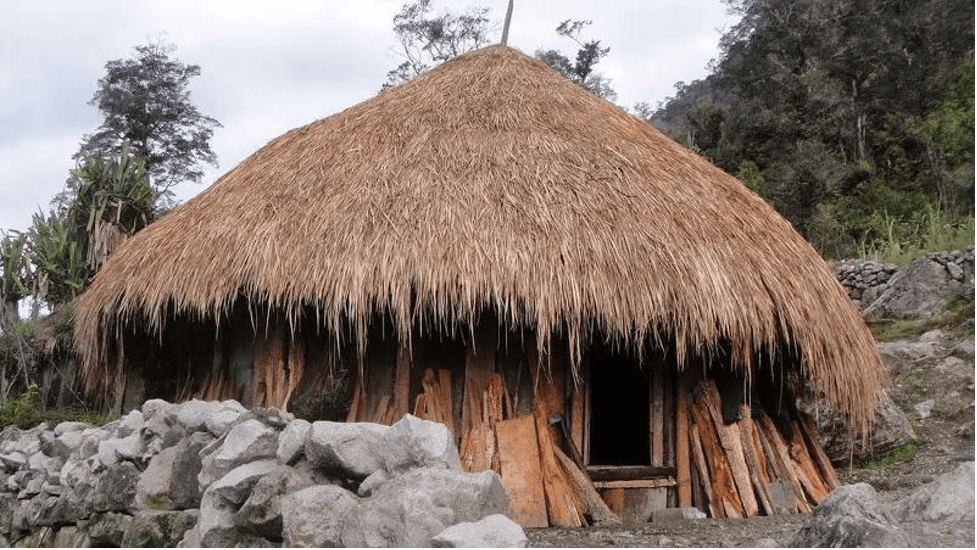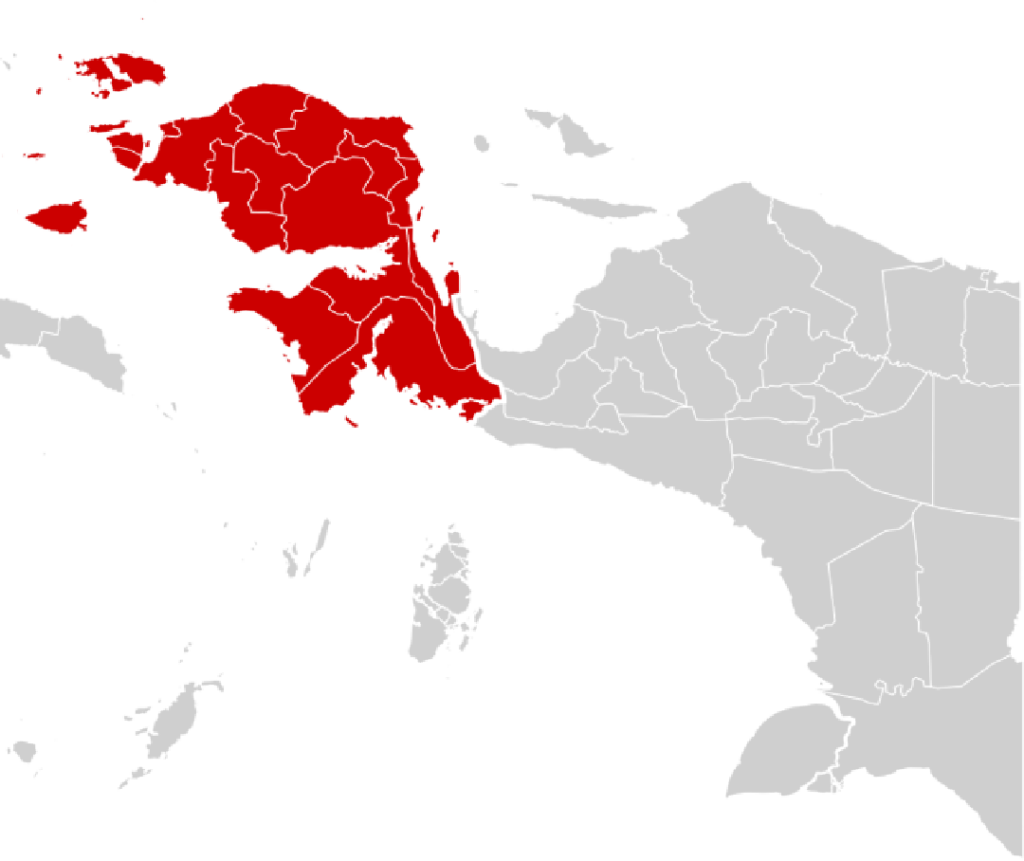Papua, a province in eastern Indonesia, is famous for its rich culture and natural beauty. One interesting aspect of Papuan culture is its diverse and unique traditional houses. Each tribe in Papua has a distinctive traditional house, reflecting their cultural identity and values. This article will explore some of Papua’s distinctive traditional houses, illustrating the diversity and uniqueness of each.
Honai is the traditional house of the Dani tribe who live in the central mountainous region of Papua. Honai is round with a roof made of straw or thatch. The circular structure of the building and the low roof serve to keep the warmth inside the house, considering the temperature in the mountains of Papua can be very cold. Honai is usually built without windows, with only one small door for access in and out. This house is divided into two types, namely male Honai (houses for adult men) and female Honai (houses for women and children). The main function of the male Honai is as a place for traditional meetings and discussions.
Kariwari House is the traditional house of the Tobati-Enggros tribe who live around Lake Sentani, Jayapura. This house is octagonal with a high and pointed roof, resembling the shape of a mountain. Kariwari is built on sturdy poles to avoid flooding and wild animals. The house has three levels, with the bottom level used for daily activities such as cooking and storing goods. The second level is for sleeping, while the third level is used for meditation and traditional rituals. The structure of the Kariwari house symbolizes the harmonious relationship between humans, nature, and ancestral spirits.
The Rumsram house is the traditional house of the Biak tribe who live on the Biak islands and surrounding areas. This house has a unique shape with a curved roof like an inverted boat. Rumsram is built on tall poles, usually made of strong and durable ironwood. The main function of the Rumsram house is as a residence for adult men and boys who are undergoing traditional education. Inside the Rumsram, they learn about the history, culture, and traditional skills of the Biak tribe. In addition, the Rumsram also serves as a storage place for tools of war and traditional ceremonial equipment.
Rumah Jew is the traditional house of the Sentani tribe who live around Lake Sentani. The house is built on tall poles on the edge of a lake or river, with a floor made of woven bamboo. The roof is made of sago leaves or thatch, protecting from the rain and sun. The Jew’s house has an open space in the front used to receive guests and a closed space at the back for sleeping. The uniqueness of the Jew’s house lies in its location which is always close to water, reflecting the life of the Sentani tribe who rely heavily on lakes and rivers as a source of livelihood.
The diversity of traditional houses in Papua reflects the cultural richness and uniqueness of each tribe living in the region. From the simple yet warm Honai of the Dani tribe, the Kariwari of the Tobati-Enggros tribe that symbolizes harmony with nature, the sturdy Rumsram of the Biak tribe that serves as a traditional education center, to the Jew of the Sentani tribe that is close to the water, each traditional house has different characteristics and functions. Appreciating and preserving these traditional houses is a form of respect for the rich and diverse cultural heritage in Papua. Thus, the diversity and uniqueness of Papuan culture can continue to be recognized and appreciated by future generations.
Future generations.


